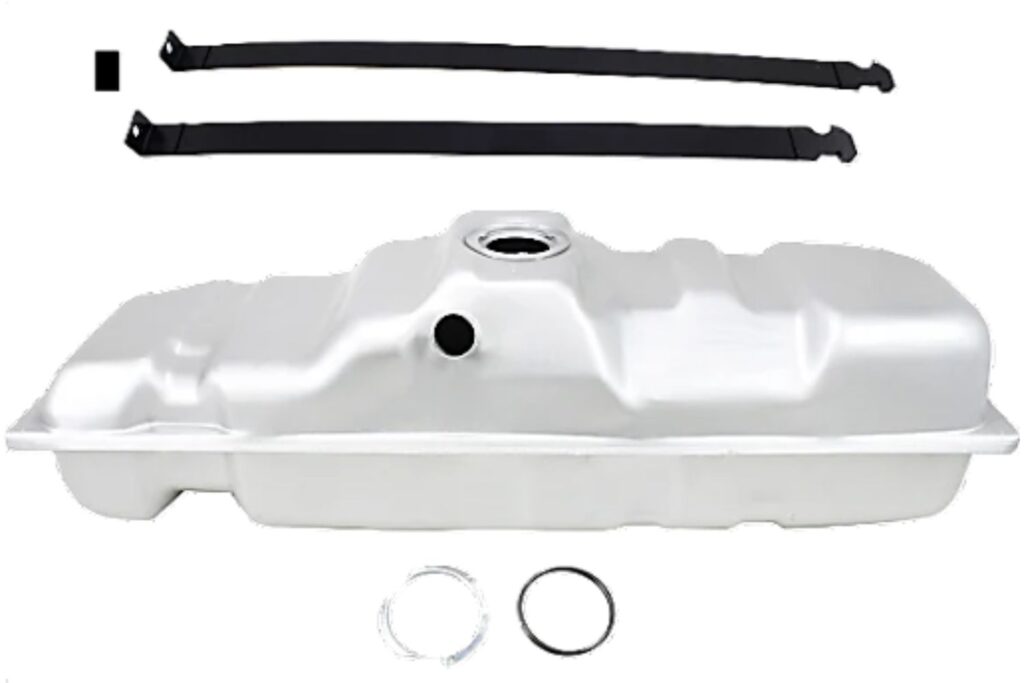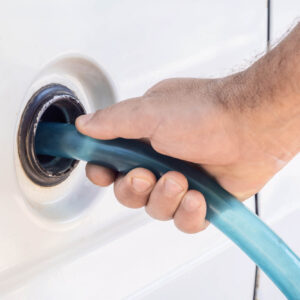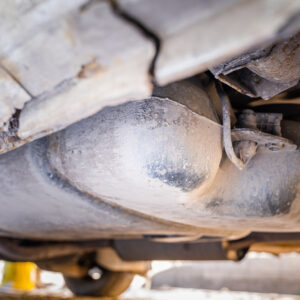You don’t have to clean your gas tank often, but there are specific instances where you’ll have to give it a good scrub. If your car’s been sitting in the garage for over six months or if you recently replaced the fuel pump, you’ll have to clean your gas tank. Doing so can certainly be a challenge, but it doesn’t have to be hard. Here are some useful tips on how to clean a dirty fuel tank:
Tips on How To Clean a Gas Tank
Taking the Necessary Safety Precautions
You have to take the time to go through a few safety precautions before you start the job. As much as possible, work outdoors in a clean, open area. If you have to work indoors, make sure there’s decent ventilation. Open all the doors and windows, and set up some fans to improve the airflow.
It’s also a good idea to have a fire extinguisher within reach. Make sure there aren’t any open flames nearby, too. A coffee cup full of gasoline contains the explosive power of a stick of dynamite, so you can never be too careful when handling it.
Preparing Your Tools Beforehand
You’ll save yourself a lot of trouble by preparing your tools beforehand. Grab your toolbox, a container for your old fuel, and a cleaner for your gas tank.
You can also wear a face mask and glasses to protect yourself from the toxic fumes. Remember: the best way to clean a gas tank is the safest way.
Inspecting the Fuel Tank
The first thing to do is to inspect the fuel tank. Check for any signs of rust, damage, or contamination. If you notice anything wrong, then you might have to replace it.
Draining the Fuel Tank
Now, if you want to clean your dirty gas tank, you’ll have to drain the fuel first. There are different ways you can do so. You can siphon it, use a gas line, or use the tank’s drain cock if it has one.
If the in-tank fuel pump still works, you can disconnect the fuel line from the filter and extend it into an approved container large enough to contain the remaining gas. Then, bypass the fuel pump relay and let the pump empty the tank for you.
When siphoning, try not to use your mouth. There are tools available online and at places like Walmart for siphoning. Use one of these if you plan to siphon the fuel, but make sure the hose reaches the bottom of the tank.
When siphoning, try not to use your mouth. There are tools available online and at places like Walmart for siphoning. Use one of these if you plan to siphon the fuel, but make sure the hose reaches the bottom of the tank.
–Richard McCuistian, ASE Certified Master Automobile Technician
Keep in mind: siphoning is something you must do at your own risk. That’s about the size of it.
Removing the Gas Tank
Once you empty the tank, it’s time to get it out from under there. The process of removing the fuel tank varies depending on the vehicle’s engine type, so you’ll have to check how to remove yours. If you aren’t 100% sure, you can always ask a mechanic for help.
There are straps to hold the tank, the filler hose to disconnect, and there are wires and hoses connected to the top of the tank, including hose connections for the evaporative system, and many of these are brittle plastic; break a hose nipple off a plastic tank and you’re going to need a new gas tank. Make absolutely sure everything is disconnected from the tank before lowering it.
Cleaning the Fuel Tank’s Exterior

There are actually several methods you can try to clean the tank’s exterior. Scrubbing the rust away with abrasive materials like aquarium gravel might work. If you have vinegar and baking soda at home, you can use them to wash your fuel tank too. The only problem with these methods is that you can’t access the entire interior of the gas tank by hand.
You can take the tank to the local car wash and blast the inside of it out with the high pressure wash wand. You can usually hit most of the inside of it this way, but you’ll need to position the tank so that it dries completely out, possibly with a small fan blowing into the tank after you wash it, or maybe a hair dryer or heat gun.
Removing the Fuel Pump
In most vehicles, you’ll find the fuel pump inside the gas tank. Remove it first before you clean your fuel tank.
Swirling the Gas Tank
After removing the fuel pump, consider swirling the gas tank in a circular motion. This helps get rid of any leftover fuel or debris that’s still stuck inside.
Cleaning the Inside of the Tank
To give the inside of the tank a thorough cleaning, consider using a high-quality fuel tank cleaner. Make sure to follow the instructions printed on the packaging, including how much you should use.
Fuel sludge and other debris usually build up at the bottom of the tank, so be extra thorough when cleaning that area.
Drying the Tank
Now that your gas tank is clean, you’re probably excited to reattach it back to your vehicle. Unfortunately, you’ll have to wait a while before you can do so. The fuel tank has to be completely dry before you refill it with gas.
Again, you can use a fan or a hair dryer or a heat gun to blow air into the tank and you can put the tank in the hot sun. Check regularly with a flashlight to see if there is still moisture in the tank. If you can get your hand in there with an absorbent towel, dry out any standing water.
Letting it dry for at least 30 minutes should do the trick.
Replacing the Fuel Filter and Pump
Replace your old fuel filter, too. If you haven’t replaced your fuel filter in a while, then now would be a great time to do so. And go ahead with a new pump if you can afford it. You won’t be sorry.
Refilling the Tank
When refilling your fuel tank, consider using fresh fuel instead of the fuel you drained out, particularly if the old fuel was contaminated.

Why Should You Clean Your Fuel Tank?
Cleaning your gas tank might seem like a lot of trouble, but it’s not something you can just put off forever. Sooner or later, a dirty fuel tank is going to cause problems for you and your vehicle. Here are a few examples:
Fuel Pump Failure

Poor Engine Performance
Notice any issues with your vehicle’s engine performance recently? It might be because of rust and other debris circulating in the fuel system, which may cause your engine to suffer from inconsistent fuel flow. You’ll experience acceleration and other performance issues. But remember to check everything else first.
Clogged Fuel Filter
A rusty fuel tank is likely to clog the fuel filter faster, causing pressure buildup, engine performance issues, and fuel leaks.
How to Get a Quality Replacement Gas Tank
If cleaning your vehicle’s gas tank is too much of a hassle, you can always just buy a new tank. This saves you from having to worry about things like getting all the built-up debris and sludge out of the old tank and drying it out properly. If it’s a new gas tank you need, you can check out CarParts.com.
CarParts.com offers a wide range of gas tanks in our product catalog. We rely on trusted aftermarket manufacturers to supply us with quality replacement parts. Our 60-day return policy is in place to help you order online with the utmost confidence. In addition, we offer these parts at various price points to suit various budgets. You can contact our helpful and friendly customer service team if you want to know more about our various deals.
If your old fuel tank is beyond cleaning, get yourself a new gas tank at CarParts.com now.
Any information provided on this Website is for informational purposes only and is not intended to replace consultation with a professional mechanic. The accuracy and timeliness of the information may change from the time of publication.































